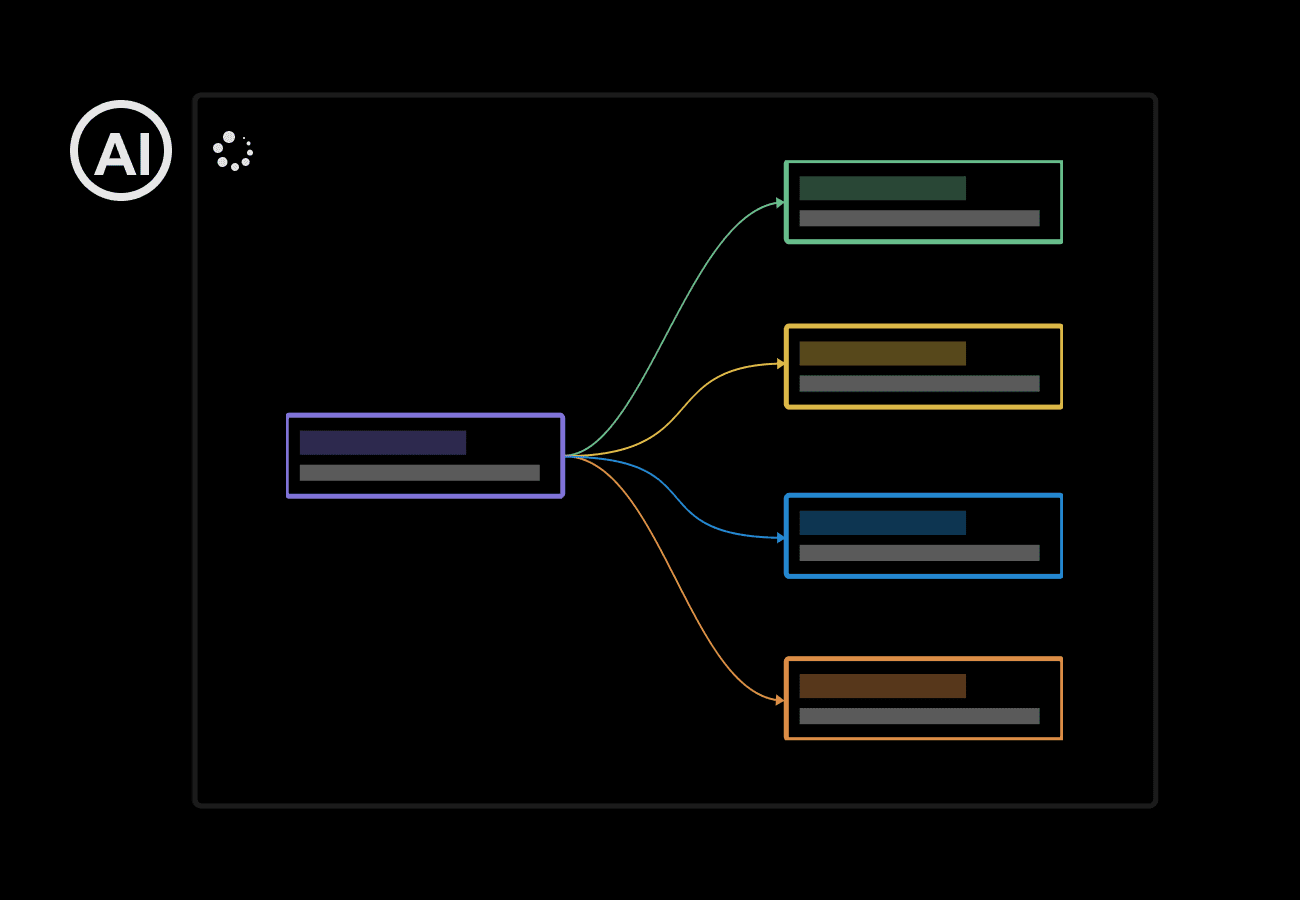









How to Create AI Storyboards Instantly
Transform ideas into visual narratives effortlessly with MyMap.AI's storyboard creator. Outperform manual tools with AI-powered speed and creativity.

Input Your Concept
Describe your story or upload a script file. MyMap.AI's AI understands your vision and context.

2. Modify AI-generated storyboard
Review and refine the AI-created storyboard frames. Adjust scenes, add details, or regenerate specific frames.

3. Export and Share
Download your storyboard as a high-quality PNG or share instantly with a unique URL.
Why Choose MyMap's Story Board Creator?
AI-Native
Just chat with AI to create storyboards - no need to fiddle with tools yourself.
Multiple Format
Upload any file type - the AI uses their content to create new story plots.

Web Search
MyMap's AI taps into Google and Bing to fetch the most recent info for your story.
Internet Access
Paste any URL and our AI pulls out relevant info to use in your storyboard.
Collaboration
Team up with coworkers on the same storyboard in real-time.
Share & Export
Save your storyboards as images or PDFs, or just share a link with others.
Use Cases for AI Storyboard Creator
Filmmakers: Rapid Concept Visualization
Filmmakers use the AI Storyboard Creator to quickly visualize complex scenes. They input script snippets, and the AI generates detailed storyboards, allowing directors to experiment with shot compositions and sequences efficiently. This streamlines pre-production, saving time and resources while enhancing creative exploration.
Marketers: Dynamic Ad Campaign Planning
Marketing teams leverage the AI Storyboard Creator to plan multi-platform ad campaigns. They describe campaign concepts, and the AI produces storyboards for various ad formats. This enables marketers to visualize campaign coherence across platforms, facilitating stakeholder buy-in and streamlining the creative process.
Educators: Interactive Lesson Planning
Teachers utilize the AI Storyboard Creator to design engaging, visual lesson plans. They outline key learning points, and the AI generates storyboards illustrating complex concepts or historical events. This helps educators create more immersive learning experiences, improving student engagement and comprehension of difficult subjects.
FAQs about Story Board Creator
What is the Story Board Creator?
The Story Board Creator is an online tool that uses AI to help you create story plots and visual storyboards by simply chatting with the AI.
How does the Story Board Creator use AI?
The AI in the Story Board Creator helps you generate story ideas, develop plots, and create visual storyboards based on your input during a chat session.
Can I use the Story Board Creator for free?
Yes, you can use the Story Board Creator for free with 5 daily AI credits. For more features and credits, there are paid plans available.
How can I export my storyboard?
You can export your storyboard to PNG or other image formats.
Can I share my storyboard with others?
Yes, you can share your storyboard through a public URL.
What are the main use cases for the Story Board Creator?
The main use cases include creating story plots, visual storyboards, and organizing story ideas for writers, filmmakers, and content creators.
How is the Story Board Creator different from other AI tools?
Unlike other AI tools that provide only textual responses, the Story Board Creator offers visual content creation, making it easier to visualize and organize your story ideas.
Do I need any special skills to use the Story Board Creator?
No, you don't need any special skills. The tool is designed to be user-friendly, allowing you to create content by simply chatting with the AI.
